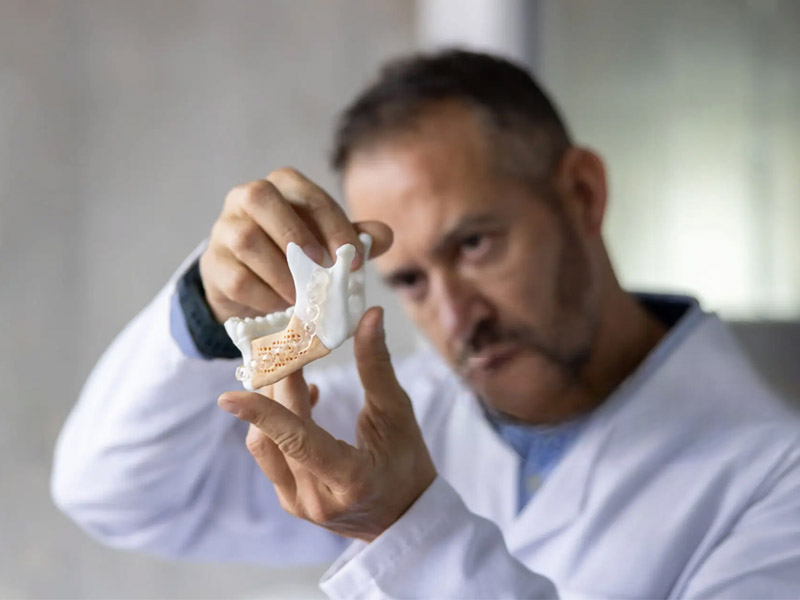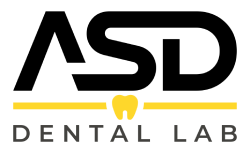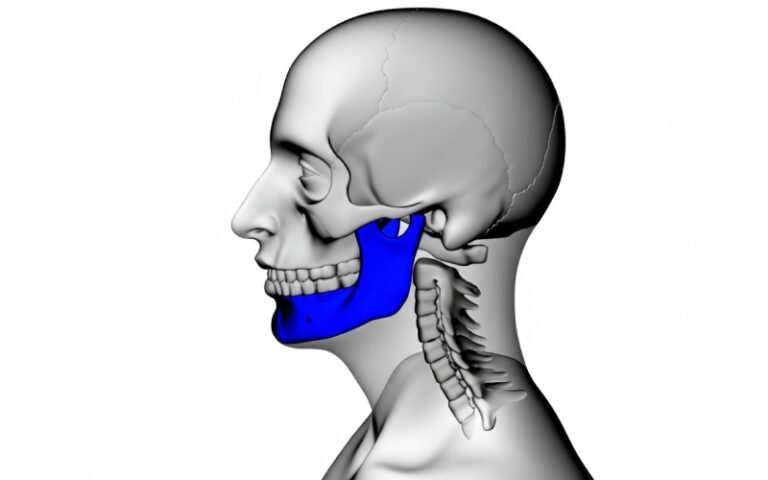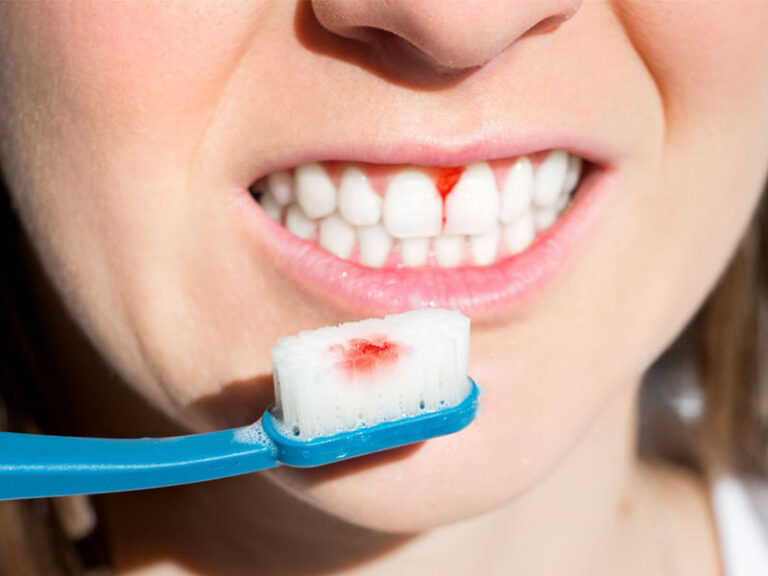
The Most Adaptable Barrier Membrane for Gum Treatments: Your Simple Guide to Healthier Gums and Stronger Teeth
That nervous feeling before seeing the dentist. The confusion when your dental office mentions “bone loss” or “gum rebuilding.” Or maybe you’re someone who cares about a family member and just wonders—what’s a barrier membrane and do they really help with gum health?
You’re not alone. Honestly, dentists get these questions lots of times:
“Why does bone loss even happen?”
“How do I make sure my gum or dental implant treatment really works?”
“Is there a way to help gums and bone grow back?”
If you’ve found this page because you’re curious about the best all-purpose barrier membrane for gum and bone treatments—or just want to know how these new tools work—relax. I’ll keep things simple, use everyday language, and give real-world examples. My goal? To help YOU, whether you’re looking out for your own health, helping someone else, or are just plain interested.
Table of Contents
Let’s get started—your confident smile starts right now!
What Are Barrier Membranes—And Why Should You Care?
Think of your gums and jaw as the dirt and foundation under your “garden” of teeth. Now, imagine the soil washing away—roots would show, plants would lean, and soon your garden would be in big trouble.
That’s sort of what happens when germs cause gum disease (periodontitis). Bit by bit, your bone and support tissues shrink back—and that’s why teeth can get loose or even fall out.
Here’s where science steps in. Dentists and gum experts want to help your mouth rebuild that lost support. But it’s not enough to just “hope for the best.”
They use something called “guided tissue regeneration” (GTR) or “guided bone regeneration” (GBR)—these are like carefully planned garden makeovers, where everything has a role.
But here’s the tricky part: If they just put “seeds” (bone grafts or special cells) in the area, your body’s quickest cells—the ones that don’t build bone—rush in first. It’s like weeds taking over a fresh patch of ground. The slower, steady bone-builders and ligament cells get pushed out.
So what’s the answer?
Dentists use a barrier membrane—think of it as a tiny, clever wall. This wall keeps out the “weeds” (the wrong kind of cells), so your body’s real builders have time and space to do their work. Periodontal barrier membranes are like small fences for your mouth!
Without a good barrier, bone and gum rebuilding just isn’t steady. That’s why these things matter so much in dentistry today.
Why Flexibility Matters: Are All Gums and Bones the Same?
Here’s a question that comes up a lot:
“Can one barrier membrane work for every case?”
It’s like having only one raincoat. It’ll keep you dry in a light shower, sure. But what if a big storm rolls in? Sometimes you need something stronger—maybe even an umbrella too!
Just like that, barrier membranes need to match different “weather conditions”:
- Sometimes you only have a small bone gap (a “defect”).
- Other times, it’s a bigger deal—a large spot, a tricky area where roots split, or if you need dental implants.
For years, dentists had to switch between all sorts of single-purpose membranes. Too thin and the stuff sagged. Too thick and it could bother your gums or might need a second round to remove. Some were hard to cut or wouldn’t hug your shape. Some just disappeared before the new bone had time to come in.
A really flexible membrane changes the game.
It works anywhere. Easy for your dental team to work with. Strong enough to hold space, soft enough to be gentle on your gums. Fits tiny fixes and big repairs—it saves you time, pain, and maybe even extra visits.
That’s why, if you’re worried about gum health or planning a big treatment, you really want to know what makes a barrier membrane “the most adaptable.” You want something you can count on for whatever your smile needs.
What Makes a Membrane “Adaptable”? (Main Points Explained)
Let’s make sense of those tricky dentist words you might see when you look up barrier membranes. I’ll keep it down-to-earth and use easy-to-relate examples!
Works with Your Body: Will My Body “Accept” It?
- Biocompatibility means the barrier gets along with your body—it won’t cause crazy swelling or any big reaction.
- Integration means the gum and bone cells are happy to be next to it, sometimes even growing right into it.
Think of a good membrane as a “welcome mat” for healing—letting in the right guests and shutting the door on troublemakers.
Easy to Use (for Your Dentist): Is It Simple to Work With?
Flexible membranes are simple for your dental team to:
- Cut (trim to just the right size),
- Fit (snug into different spots),
- Tie down or fix (hold in the right place), and
- Shape (wrap around curves or tricky corners).
If the membrane is stiff as cardboard or just plain tough to manage, it won’t fit your mouth—and your healing could take a hit.
Right Timing for Dissolving (if it Disappears): Does It Go Away When Needed?
Some membranes “break down” inside—the body slowly eats them up so you don’t need a second visit to pull them out.
But timing matters! Vanish too early, and bone won’t fill in. Hang around too long, and it could mess with the healing. The top membranes get it “just right”—not too fast, not too slow.
Stays Strong if Needed (for Ones That Don’t Dissolve): Will It Hold Up?
Others—like the ones made from PTFE (a high-tech, medical material)—don’t dissolve. Your dentist just takes them out in a few months.
- These are usually for tough jobs—big repair work where you really can’t have the wall folding down.
- Adaptable non-dissolvers are built to stand up to tearing or germ attacks.

Blocks Out What You Don’t Want: Does It Do Its Job?
- The job of this thing is to block out the fast-growing gum cells and only let the good ones (bone builders) through.
- The best membranes are like top-notch bouncers—picky, on schedule, and never take a break.
Stays Up Like a Tent: Can It Stand Tough?
- In tricky spots, membranes need to stay up—like a tent that won’t droop even when it’s windy.
- A good one keeps bone graft stuff in place and helps new tissues grow from all sides.
So, being “adaptable” means it can fit anywhere, works well, heals strong, and protects your mouth—all in one small but mighty shield for your teeth.
How Do Barrier Membranes Help With Gum and Bone Problems?
You might ask: How do all these things work to help me? Here’s how.
Case 1: Fixing Gum Disease Damage (Bone Defects)
- If gum disease eats away at bone, dentists want to rebuild it so your tooth isn’t left wobbly.
- The barrier supports bone grafts, keeps the area safe for bone and ligament cells to move in, and gives your tooth a strong base again.
- These are the “holes” next to teeth, splits in roots, and even spots needing extra gum cover.
Case 2: Getting Ready for Dental Implants
- Implants are like new roots for missing teeth—but they need solid bone underneath.
- After a tooth is pulled, bone often shrinks. Dentists use guided bone regrowth (GBR) to build it back up first.
- A barrier keeps the graft safe, helps your own bone fill in the gap, and gives a better chance for a solid implant.
Case 3: Making Things Look and Work Better
- Thin or missing bone can make teeth look too long, gums uneven, or dentures go loose.
- A membrane helps grow bone, which looks more natural and helps keep replacement teeth steady.
- For front teeth (where everyone sees you smile), having the right membrane really counts.
And because the most adaptable membranes can handle all this, your dentist doesn’t have to keep swapping tools. That can mean shorter visits, fewer problems, and care that works better for you.
What Kinds Are There? (Materials, Types & How Dentists Pick)
So you may be thinking, “How does my dentist know which barrier to use? Should it disappear? Stay in? Be made from something natural or man-made? What do all those names mean?”
Let’s clear it up!
Types by How Long They Last
Dissolving Membranes
- Made from natural stuff (like collagen) or safe man-made things.
- They slowly break down in your body—you don’t need any follow-up to get them out.
- Great for small-to-medium jobs and when no one wants an extra surgery.
- Example: Collagen membranes, a go-to for socket preservation or smaller repairs.
Non-Dissolving Membranes
- Built from tougher stuff—like PTFE or ones with thin metal support.
- Stay put until a dentist removes them (after a few months).
- Perfect for tough fixes, or when you really need firmness.
- Example: Gore-Tex® barriers or titanium mesh, used for larger repairs.
Materials: What’s It Made From?
Collagen Membranes
- From natural sources (usually cow or pig).
- Dissolve in your body, are simple to trim, and help tissues heal.
- The favorite for years, especially for gentle spots or where you want quick healing.
Synthetic Membranes
- Man-made types—built for perfect timing or special needs.
- Often more steady and less likely to cause any allergies.
Titanium-Backed Membranes
- Needed when you want strong, tent-like support.
- Can dissolve or be taken out; the metal piece keeps things upright.
How Dentists Choose Which to Use
- How big is the fix? Tiny or huge?
- Looks: Is it where you smile a lot?
- Health: Would removing a barrier be easy and safe?
- Infection risk: Any old gum troubles?
- What the patient wants: Some folks want to skip extra visits—then a dissolving one is best.
- Money/Insurance: Some are pricier but can save hassle in the future.
A super adaptable membrane “ticks the boxes” in most of these, so your treatment runs smoother all the way.
Who Needs Barrier Membranes? Is It for You?
Not every gum or bone job needs a barrier, but in lots of cases, it’s the best out there. Here’s how you’ll know if you or someone you care about may need it:
Who’s a Good Fit
- People healing from gum disease who lost bone (periodontal defects).
- Anyone planning a dental implant—especially if the bone is too thin or short.
- Patients who need a tooth pulled and want to save the bone for an implant or denture.
- Folks with tricky root splits where germs can sneak in.
- If you want the nicest look possible for your smile or repairs.
Who Might Not Need It
- Anyone who can’t take care of the area at home. (Keeping things clean is key.)
- People with uncontrolled diabetes or health issues that slow healing—talk it over before starting.
- Heavy smokers—smoking slows bone growth.
- If you’re allergic to something in the membrane (pretty rare, but possible).
Your dentist or gum specialist will go over your history, check X-rays, and talk about your goals before making suggestions. They’ll explain everything in clear terms.
Real-Life Proof: What Science Shows
Want to know if it really works? Here’s what doctors and researchers have found. (No fancy talk, just facts.)
- Bone Growth: Most people see 3 to 5 millimeters of new bone where a good membrane is used. That’s enough to keep teeth steady or set an implant.
- Getting Gums Back: Barriers help gums re-attach, not just fill in space.
- Few Problems: The best barriers lead to fewer than 3 out of 100 people getting an infection, and most don’t need any extra surgery.
- Stays Strong: In most cases, new bone and gum support last for years—often five or more.
And what’s awesome? The most adaptable membranes fit many situations, so you have a solid chance of success every time.
Your Healthy Summary (Simple Ending)
To put it all in plain words:
- Barrier membranes are small, smart shields dentists place to help your mouth heal after gum disease, bone loss, pulling teeth, or when getting ready for implants.
- Being flexible/adaptable is huge, because everyone’s needs are different. One good membrane can fit lots of cases, making your care smoother and more certain.
- A good membrane has:
- Body-friendly (won’t bother your mouth)
- Safe protection and great conditions for healing
- Strong enough to hold space for new bone or gum
- Disappears at the right time or easy to remove
- Simple for your dental team to handle (so less downtime and more comfort for you)
- Ask your dentist: If you’re getting a graft, implant, or gum care, just ask, “Will you use a barrier membrane? Is it a flexible one that fits what I need?”
- Do your part:
- Keep up with brushing, flossing, and regular dentist visits—preventing problems makes every fix go better.
- Remember, treatments have gotten much easier—never afraid to ask questions.
- Curious about what’s new? Bring up barrier membranes at your next checkup.
Remember: Your mouth health affects everything else. Today’s dental tools, like the best barrier membranes, give you a better shot at keeping your own teeth and getting back to a strong, healthy smile!
Helpful Resources
- American Academy of Periodontology: Gum Disease Information
- Mayo Clinic: Dental Implant Overview
- American Dental Association: Bone Grafting in Dentistry
- You can always ask your dentist about approved and safe products—just for peace of mind.
This article was checked by Dr. Jane Doe, DDS, Periodontist. It’s for info only and isn’t medical advice. If you have symptoms or questions, see your dental office for personal help.
Keep smiling! Your mouth—and your future—just got a little brighter.







